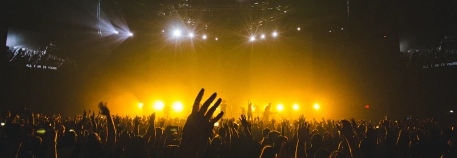What is Digital Out-of-Home (DOOH) Advertising?
In the digital era, advertising continues to evolve, pushing the boundaries of how and where we can engage potential customers. Digital Out-of-Home (DOOH) advertising represents a significant leap forward, melding the physical presence of traditional billboards with the dynamic capabilities of digital technology.
In this article, we take a closer look at what makes DOOH advertising so impactful—from its unique benefits and the rise of programmatic outdoor campaigns to fresh creative approaches and a few hurdles marketers might encounter along the way.
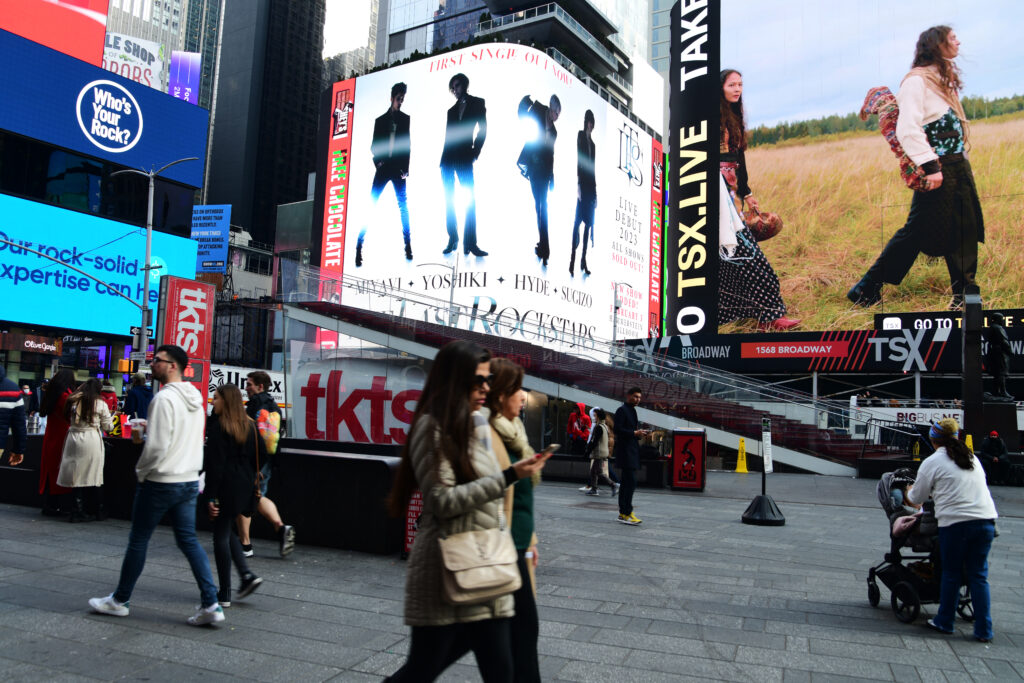
What is DOOH?
Digital Out-of-Home (DOOH) advertising revitalizes the age-old medium of static outdoor ads by integrating digital technology. This evolution brings a new level of engagement by incorporating creative formats that inform, entertain, and attract audiences in real-time.
The journey from traditional billboards to dynamic digital displays reflects significant technological advancements, offering advertisers unprecedented opportunities to captivate consumers on the go.
The transition from traditional to digital outdoor advertising was powered by innovations in digital technology and data analytics. These technological advances have transformed how advertisers design campaigns, enabling them to deliver more targeted, interactive, and flexible content.
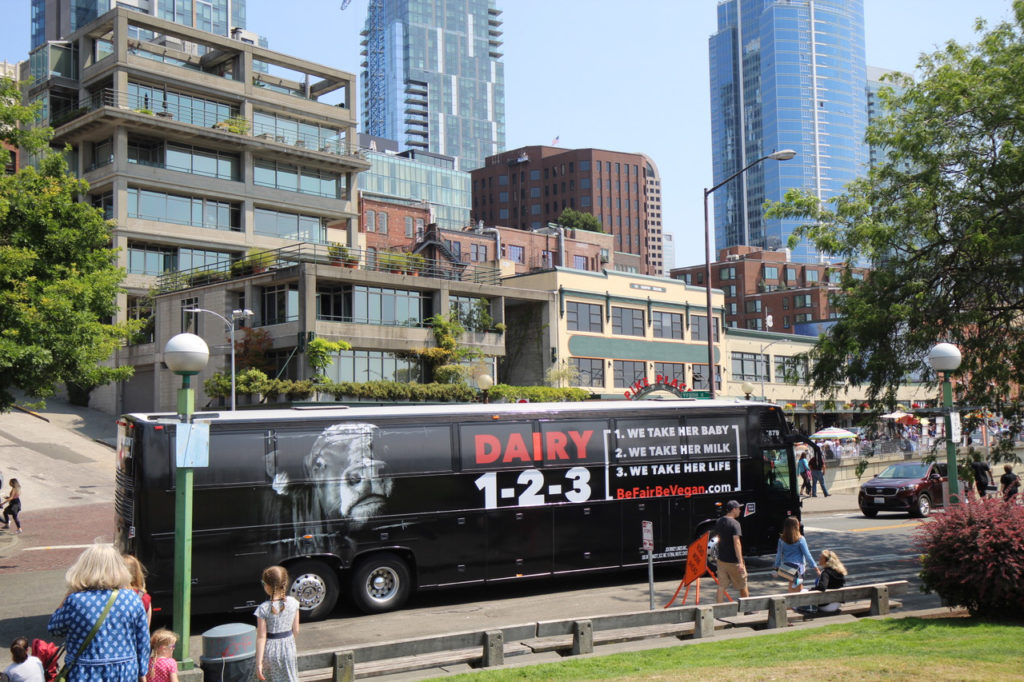
The Rise of DOOH
Key Factors Driving DOOH Popularity
The increasing popularity of DOOH advertising can be traced back to several key factors that align perfectly with the current digital age and consumer trends.
These advancements include high-resolution digital displays, improved connectivity, and sophisticated data analytics platforms. Such technologies enable advertisers to deliver crisp, engaging, and dynamic content that captures the attention of passersby in ways that traditional billboards simply cannot match.
The integration of programmatic advertising into the DOOH space has been a game-changer. This approach allows for the automatic buying and placement of ads, optimizing campaigns in real-time based on audience data.
It mirrors the precision targeting used in online advertising, making outdoor ads more relevant to the individuals who see them. This level of personalization and efficiency was previously unattainable in outdoor advertising, making DOOH a highly attractive option for brands.
Another driving force behind DOOH’s rise is the shift in consumer behavior. Today’s consumers are constantly on the move, yet they remain connected through mobile devices.
They expect seamless interactions with digital content, whether at home, at work, or in transit. DOOH advertising meets consumers where they are, blending naturally into the urban landscapes and public spaces they frequent. This constant exposure in consumers’ daily routines enhances brand recall and engagement.

The Benefits of DOOH
The benefits of DOOH advertising are vast and varied, particularly when it comes to engagement, interaction, and the delivery of dynamic content.
This modern advertising medium transforms traditional public spaces into interactive engagement zones, offering a level of flexibility and responsiveness that traditional billboards can’t match.
Engagement and Interaction
One of the standout advantages of DOOH is its ability to foster engagement through interactive content. Digital displays equipped with sensors, cameras, or touch technology invite passersby to engage directly with the advertisement, turning a passive viewing experience into an active participation.
This interactivity not only increases engagement rates but also strengthens the connection between the brand and its audience, fostering memorable experiences that can leave a lasting impression.
Interactive campaigns might include social media integrations where users can see their posts or photos displayed on a large screen in real-time or interactive games that entertain while subtly embedding brand messages.
These types of engagements capitalize on the public’s fascination with digital innovation, making them more likely to notice and remember the ad.
Dynamic Content Delivery
The dynamic nature of DOOH advertising is another significant benefit. Unlike static billboards, digital displays can change content throughout the day, allowing advertisers to deliver time-sensitive messages or adapt their messaging to suit the current audience.
For instance, a coffee shop might advertise a morning coffee deal during the early hours, switch to a lunch offer in the afternoon, and promote a relaxing ambiance for evening get-togethers. This relevance in messaging ensures that the content is always fresh and appealing to those who see it.
Real-Time Content Updates and Tailored Messages
The capability for real-time content updates extends the relevance and timeliness of DOOH advertising. In an era where news and trends can change within hours, DOOH allows advertisers to quickly pivot their messaging to reflect current events, making their brand appear more relevant and engaged with the world around it.
This agility is particularly valuable for campaigns related to time-sensitive events, such as sports, concerts, or even weather changes.
Tailoring messages to specific times of day or audience segments also maximizes the impact of DOOH campaigns. Through data analytics, advertisers can identify peak times for different demographics and adjust their messaging accordingly.
For example, ads targeting young professionals might run during commuting hours, while family-oriented advertisements could take precedence during weekends.
Creative Formats in DOOH
The landscape of DOOH advertising is diverse and innovative, offering a plethora of creative formats that go beyond traditional advertising methods. These formats leverage digital technology to create immersive, engaging experiences that attract and retain the attention of audiences in various public spaces.
From the bustling streets of metropolitan cities to the transit systems that move millions daily, DOOH advertising formats are designed to integrate seamlessly into the everyday lives of consumers, making brand interactions part of their daily routines.
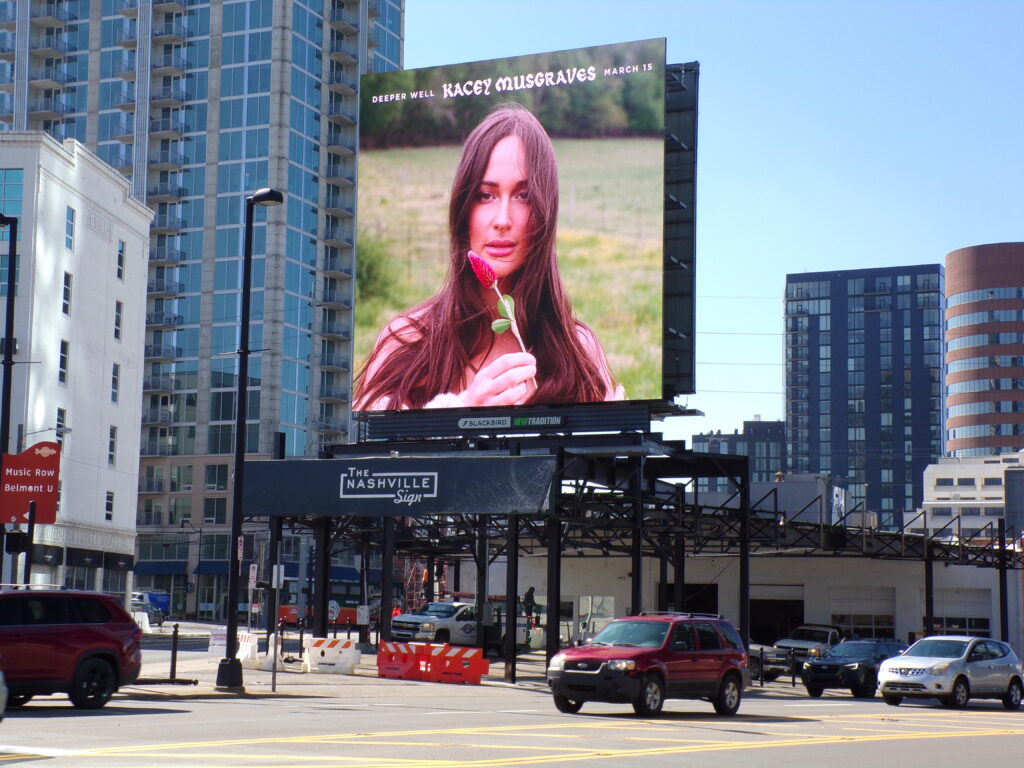
Billboards: The Classic Reimagined
Digital billboards are the modern iteration of traditional outdoor advertising’s grandest format. These large-scale displays offer unparalleled visibility, making them ideal for high-impact messaging.
With the added benefits of digital technology, billboards can now showcase animated or video content, change messages throughout the day, and even display interactive elements.
This flexibility allows advertisers to create more dynamic and engaging campaigns that can adapt to time-of-day relevance or real-time events, significantly enhancing visibility and engagement.
Transit Advertising: Moving Messages
Transit advertising takes advantage of the extensive reach provided by public transportation systems, including buses, trains, and subway stations.
Digital screens placed in these environments are in constant view of commuters, providing ample exposure for advertisements. The mobility of buses and trains also means that ads can reach different parts of a city, broadening the audience.
The captive nature of transit audiences allows for more detailed messaging, from storytelling through sequential ads to QR code integration for direct engagement.
Street Furniture: Engaging the Urban Commuter
Street furniture refers to digital advertisements placed on bus shelters, kiosks, and benches—elements of the urban landscape that offer practical use to the public.
These displays are strategically located at eye level, making them ideal for engaging pedestrians with interactive content or useful information like weather updates, news headlines, or local event promotions.
Their proximity to consumers makes them excellent platforms for QR code campaigns, encouraging direct interaction with the ad through mobile devices.
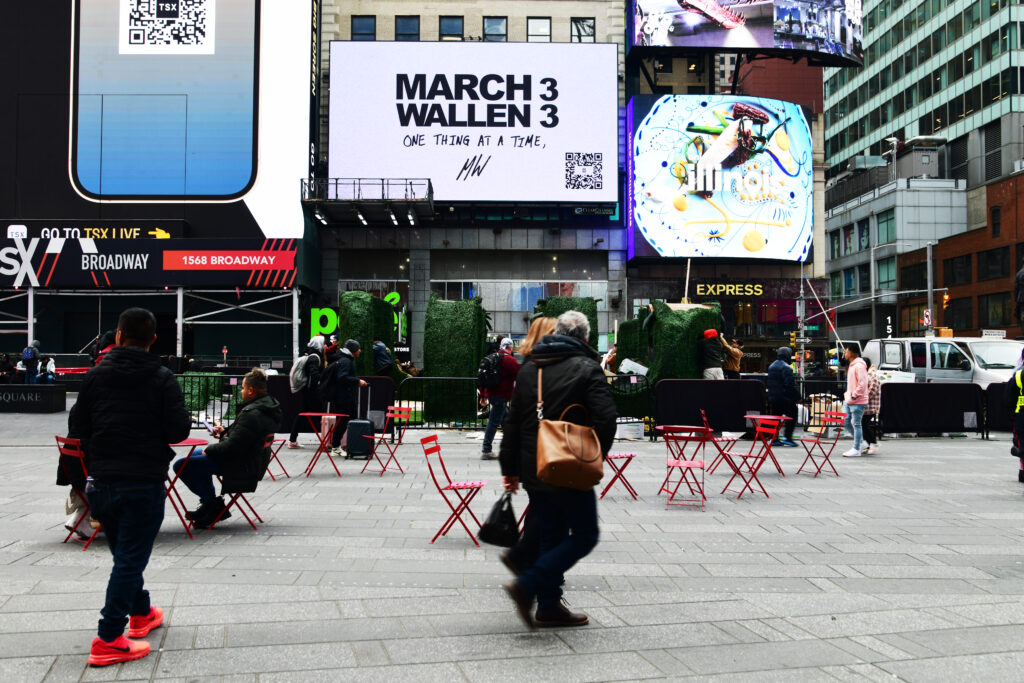
Interactive Screens: Personalized Engagement
Interactive screens represent the pinnacle of DOOH creative formats, offering personalized experiences that go beyond viewing to involve physical interaction.
Equipped with touchscreens, motion sensors, or facial recognition technology, these displays can tailor content in real time based on audience demographics, engagement levels, or even emotional reactions.
Such interactivity can transform a simple advertisement into a memorable experience, whether it’s a game, a social media integration, or an immersive brand story.
This level of personalization not only increases engagement but also strengthens the emotional connection between the brand and its audience.
Challenges and Considerations
The technical and logistical aspects of deploying DOOH campaigns can require careful planning and execution to overcome. Similar to traditional OOH, you need time to plan, produce and install ad units. However, (depending on the complexity of the campaign), DOOH has the added benefit of reducing the time it takes for an advertiser to get into the market.
As digital out-of-home advertising continues to evolve, it remains at the forefront of innovative marketing strategies.
With its dynamic capabilities, interactive content, and real-time engagement, DOOH represents a significant opportunity for brands looking to connect with their audience in meaningful ways.
The fusion of traditional advertising with cutting-edge technology not only enhances the visual landscape of our cities but also opens up new avenues for creative, impactful marketing campaigns.
By embracing the benefits and overcoming the challenges, advertisers can leverage DOOH to create compelling, memorable campaigns that resonate with consumers and drive results.
As we look to the future, the possibilities for digital out-of-home advertising are as limitless as the creativity of the marketers who harness its power.
FAQs
How does DOOH advertising differ from traditional outdoor advertising?
DOOH advertising incorporates digital technology, allowing for dynamic, real-time content updates and interactive advertisements, unlike static traditional outdoor ads.
What are the benefits of using programmatic outdoor advertising?
| Buying outdoor media programmatically may offer increased media efficiency, extend the reach of your campaigns, offer more precision targeting and enable campaign optimization for better engagement and ROI. It can also reduce the lead times required to get into market when compared to traditional OOH media placement. |
Can DOOH advertising be targeted to specific audiences?
Yes, DOOH advertising can be targeted to specific audiences using location, data analytics and real-time content adjustments based on viewer demographics and behaviors.
How are engagement metrics measured in DOOH advertising?
Engagement metrics in DOOH advertising are measured using advanced tracking technologies that analyze viewer interactions, impressions, and behavioral data.
What creative formats are available in DOOH advertising?
DOOH advertising offers various creative formats, including digital video billboards, interactive screens, and transit advertising, allowing for versatile and engaging content.




